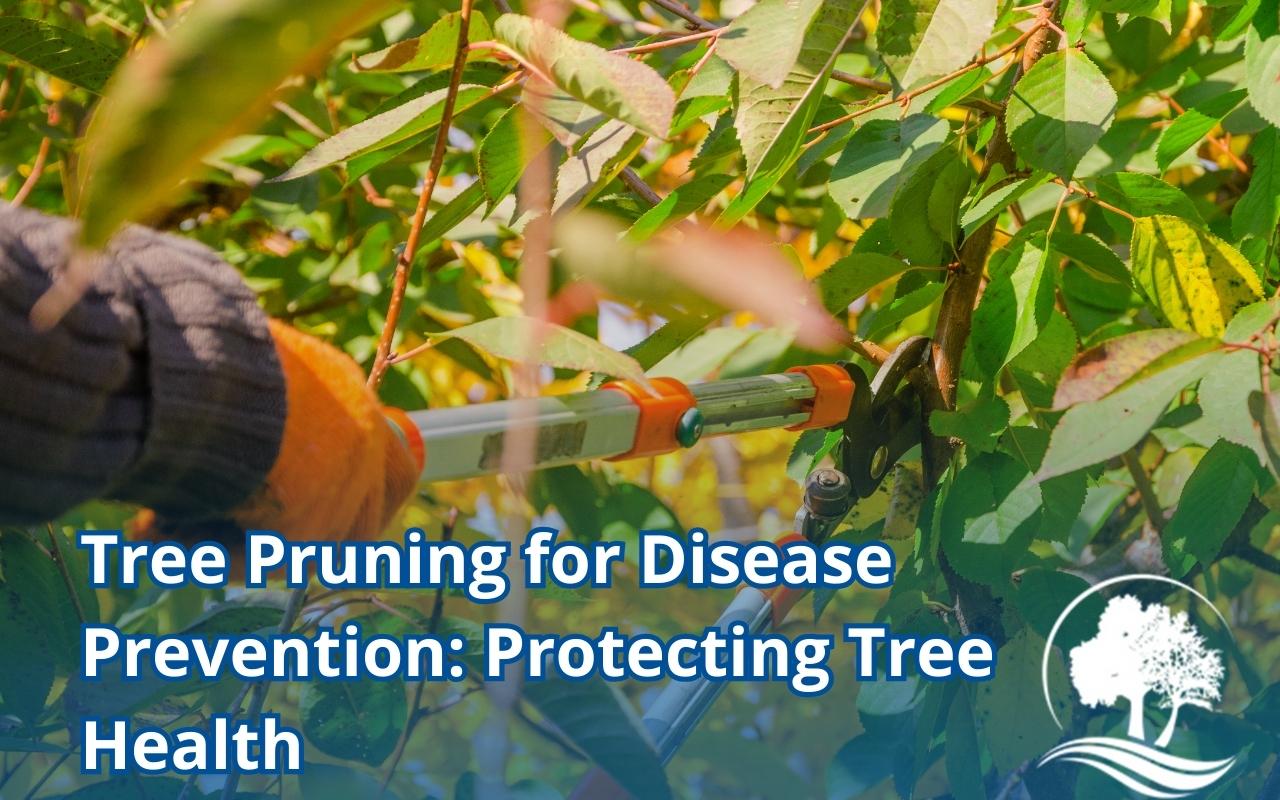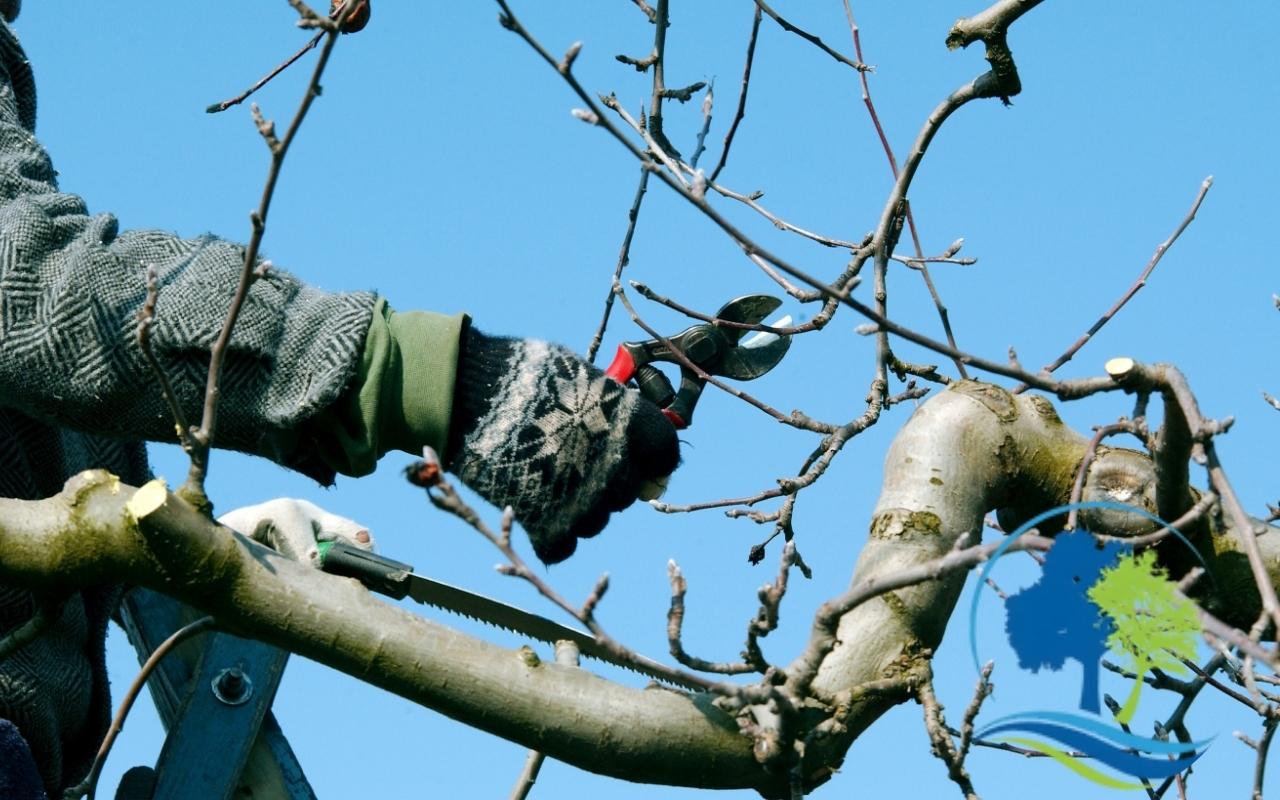
Healthy trees require regular care to thrive, and tree pruning for disease prevention plays a crucial role in keeping them strong. Removing diseased or weakened branches helps stop infections from spreading while improving airflow and overall tree structure. Without proper pruning, trees become more vulnerable to decay, pests, and structural damage, leading to long-term health issues. Without regular pruning, infections can weaken trees, making them vulnerable to pests, weather damage, and long-term decline.
How Tree Pruning Prevents Disease
Removing Infected Branches Stops Disease Spread
When a tree develops a fungal infection or bacterial disease, the affected branches must be removed before the issue spreads. Common tree diseases that pruning can help control include:
- Powdery Mildew: White fungus covering leaves and branches
- Cankers: Sunken, dead areas on tree bark
- Root Rot: Fungal infection weakening the tree from within
- Anthracnose: Dark spots on leaves and stems
Early removal of diseased limbs keeps the infection from reaching the trunk or spreading to nearby trees.
Improving Airflow Reduces Fungal Growth
Many tree diseases thrive in damp, poorly ventilated environments. Pruning allows better airflow through the canopy, preventing excess moisture buildup. Proper spacing between branches lowers the risk of fungal infections like leaf spots and rust.
Strengthening Trees to Resist Future Disease
A well-pruned tree has stronger, healthier branches that can withstand infections better than an overgrown, stressed tree. Removing weak limbs allows the tree to focus its energy on producing healthy new growth.
Best Time to Prune Trees for Disease Prevention
Late Fall to Early Spring: Dormant Season Pruning
Pruning during dormancy is ideal because trees heal more efficiently and are less vulnerable to infections. During this time:
- The absence of leaves makes it easier to identify diseased branches
- Fungal spores and bacteria are less active in colder months
- The tree can allocate energy to recovery before spring growth begins


Year-Round Maintenance for Diseased Branches
If a tree shows signs of disease, affected limbs should be removed immediately. Leaving infected branches in place increases the risk of spreading the issue. Regular inspections help detect problems early, allowing for targeted pruning throughout the year.
Signs a Tree Needs Disease Prevention Pruning
A tree may require immediate pruning if it shows any of these symptoms:
- Wilting or discolored leaves
- Cracks or cankers on the trunk
- Branches with unusual spots or fungus
- Unhealthy growth patterns or excessive deadwood
- Fungal growth at the base of the tree
Monitoring trees regularly helps prevent minor issues from turning into major health concerns.
Keep Your Trees Healthy with Preventative Pruning
Regular maintenance is key to keeping trees strong and free from infections. Tree pruning for disease prevention helps remove infected branches, improve airflow, and reduce the risk of decay. Our licensed and insured team has been providing expert tree care across Maryland for over 17 years, serving residential and commercial properties. Contact us today for a free estimate and professional pruning services.
